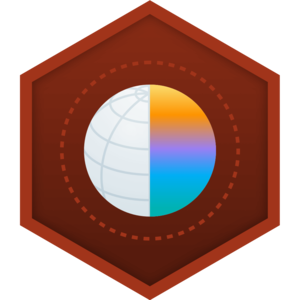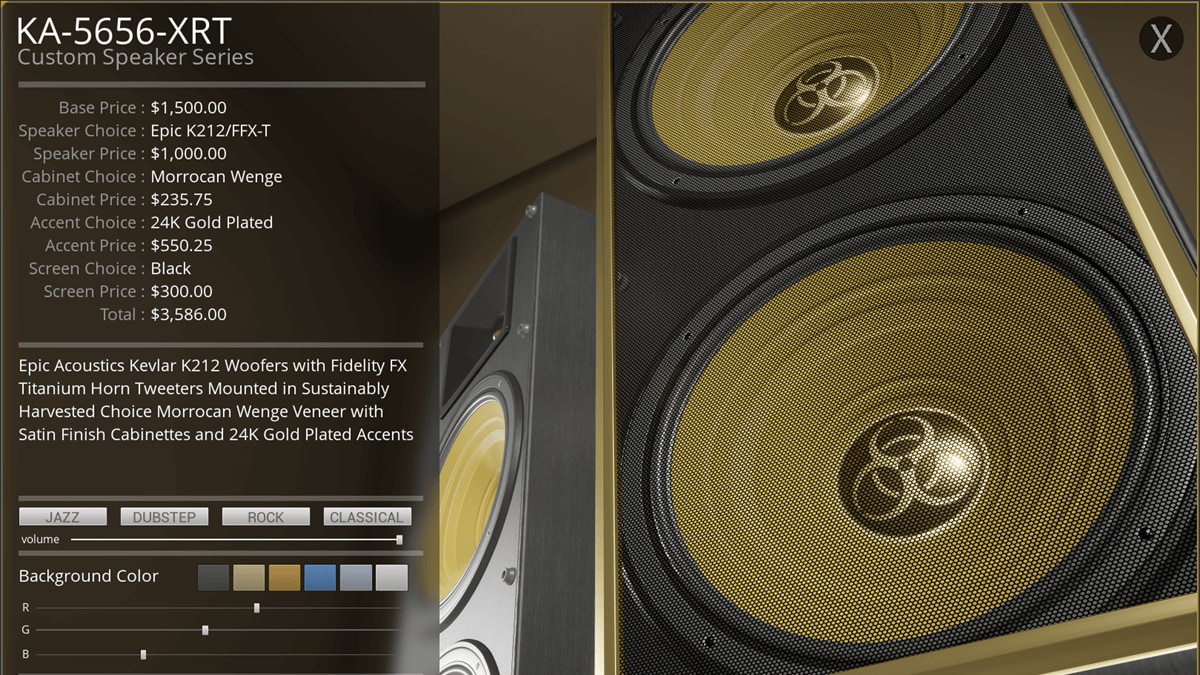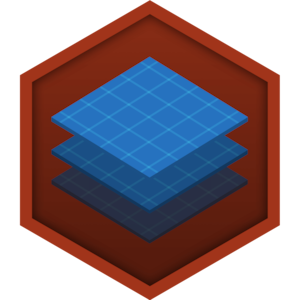Choose your operating system:
Windows
macOS
Linux
The Blueprint Visual Scripting system in Unreal Engine is a complete gameplay scripting system based on the concept of using a node-based interface to create gameplay elements from within Unreal Editor. As with many common scripting languages, it is used to define object-oriented (OO) classes or objects in the engine. As you use UE4, you'll often find that objects defined using Blueprint are colloquially referred to as just "Blueprints."
This system is extremely flexible and powerful as it provides the ability for designers to use virtually the full range of concepts and tools generally only available to programmers. In addition, Blueprint-specific markup available in Unreal Engine's C++ implementation enables programmers to create baseline systems that can be extended by designers.
Does that mean Blueprints are a replacement for UnrealScript? Yes and no. Gameplay programming and everything that UnrealScript was used for in the past can still be handled through code using C++. At the same time, while Blueprints are not meant as a replacement for UnrealScript, they do serve many of the same purposes that UnrealScript handled, such as:
-
Extending classes
-
Storing and modifying default properties
-
Managing subobject (e.g. Components) instancing for classes
The expectation is that gameplay programmers will set up base classes which expose a useful set of functions and properties that Blueprints made from those base classes can use and extend upon.
The table below provides a comparison of how various aspects would be handled in UnrealScript (from Unreal Engine 3), C++, and Blueprints to help those transitioning from previous versions of the engine as well as show how native code and Blueprints compare.
|
UnrealScript (UE3) |
Blueprints (UE4) |
C++ (UE4) |
|---|---|---|
|
.uc file |
Blueprint Asset |
.h/.cpp files |
|
UClass |
UBlueprintGeneratedClass |
UClass |
|
extends [ClassName] |
ParentClass |
: [ClassName] |
|
Variable |
Variable |
UProperty() |
|
Function |
Graphs/Events |
UFunction() |
|
defaultproperties{} |
Class Defaults |
native constructor |
|
Default Components |
Components List |
native constructor |
Types of Blueprints
Blueprints can be one of several types that each have their own specific use from creating new types to scripting level events to defining interfaces or macros to be used by other Blueprints.
Blueprint Class
A Blueprint Class , often shortened as Blueprint , is an asset that allows content creators to easily add functionality on top of existing gameplay classes. Blueprints are created inside of Unreal Editor visually, instead of by typing code, and saved as assets in a content package. These essentially define a new class or type of Actor which can then be placed into maps as instances that behave like any other type of Actor.
Data-Only Blueprint
A Data-Only Blueprint is a Blueprint Class that contains only the code (in the form of node graphs), variables, and components inherited from its parent. These allow those inherited properties to be tweaked and modified, but no new elements can be added. These are essentially a replacement for archetypes and can be used to allow designers to tweak properties or set items with variations.
Data-Only Blueprint are edited in a compact property editor, but can also be "converted" to full Blueprints by simply adding code, variables, or components using the full Blueprint Editor .
Level Blueprint
A Level Blueprint is a specialized type of Blueprint that acts as a level-wide global event graph. Each level in your project has its own Level Blueprint created by default that can be edited within the Unreal Editor, however new Level Blueprints cannot be created through the editor interface.
Events pertaining to the level as a whole, or specific instances of Actors within the level, are used to fire off sequences of actions in the form of Function Calls or Flow Control operations. Those familiar with Unreal Engine 3 should be very familiar with this concept as this is very similar to how Kismet worked in Unreal Engine 3.
Level Blueprints also provide a control mechanism for level streaming and Sequencer as well as for binding events to Actors placed within the level.
Blueprint Interface
A Blueprint Interface is a collection of one or more functions - name only, no implementation - that can be added to other Blueprints. Any Blueprint that has the Interface added is guaranteed to have those functions. The functions of the Interface can be given functionality in each of the Blueprints that added it. This is essentially like the concept of an interface in general programming, which allows multiple different types of Objects to all share and be accessed through a common interface. Put simply, Blueprint Interfaces allow different Blueprints to share with and send data to one another.
Blueprint Interfaces can be made by content creators through the editor in a similar fashion to other Blueprints, but they come with certain limitations in that they cannot:
-
Add new variables
-
Edit graphs
-
Add Components
Blueprint Macro Library
A Blueprint Macro Library is a container that holds a collection of Macros or self-contained graphs that can be placed as nodes in other Blueprints. These can be time-savers as they can store commonly used sequences of nodes complete with inputs and outputs for both execution and data transfer.
Macros are shared among all graphs that reference them, but they are auto-expanded into graphs as if they were a collapsed node during compiling. This means that Blueprint Macro Libraries do not need to be compiled. However, changes to a Macro are only reflected in graphs that reference that Macro when the Blueprint containing those graphs is recompiled.
Blueprint Utilities
A Blueprint Utility (or Blutility for short), is an editor-only Blueprint that can be used to perform editor actions or extend editor functionality. These can expose Events with no parameters as buttons in the UI and have the ability to execute any functions exposed to Blueprints and act on the current set of selected Actors in the viewport.
Blueprint Anatomy
The functionality of Blueprints is defined using various elements; some of which are present by default, while others can be added on an as-needed basis. These provide the ability to define Components, perform initialization and setup operations, respond to events, organize and modularize operations, define properties, and more.
Components Window
With an understanding of Components, the Components window inside the Blueprint Editor allows you to add Components to your Blueprint. This provides a means of adding collision geometry via CapsuleComponents, BoxComponents, or SphereComponents, adding rendered geometry in the form of StaticMeshComponents or SkeletalMeshComponents, controlling movement using MovementComponents, etc. The Components added in the Components list can also be assigned to instance variables providing access to them in the graphs of this or other Blueprints.
Construction Script
The Construction Script runs following the Components list when an instance of a Blueprint Class is created. It contains a node graph that is executed allowing the Blueprint Class instance to perform initialization operations. This can be extremely powerful as actions like performing traces into the world, setting meshes and materials, and so on can be used to achieve context-specific setup. For instance, a light Blueprint could determine what type of ground it is placed upon and choose the correct mesh to use from a set of meshes or a fence Blueprint could perform traces extending out in each direction to determine how long of a fence is needed to span the distance.
Event Graph
The
EventGraph
of a Blueprint contains a node graph that uses events and function calls to perform actions in response to gameplay events associated with the Blueprint. This is used to add functionality that is common to all instances of a Blueprint. This is where interactivity and dynamic responses are setup. For example, a light Blueprint could respond to a damage event by turning off its
LightComponent
and changing the material used by its mesh. This would automatically provide this behavior to all instances of the light Blueprint.
Functions
Functions are node graphs belonging to a particular Blueprint that can be executed, or called, from another graph within the Blueprint. Functions have a single entry point designated by a node with the name of the Function containing a single exec output pin. When the Function is called from another graph, the output exec pin is activated causing the connected network to execute.
Variables
Variables are properties that hold a value or reference an Object or Actor in the world. These properties can be accessible internally to the Blueprint containing them, or they can be made accessible externally so that their values can be modified by designers working with instances of the Blueprint placed in a level.
Blueprint Modes
A Blueprint's mode determines what is visible in its window. Although Level Blueprints contain only one mode, the Graph mode, Blueprint Classes contain three different modes:
-
Default Mode - Where you set the defaults for the Blueprint.
-
Components Mode - Where you add, remove, and modify the components that make up your Blueprint.
For more information, please see the Blueprint Class Modes documentation.





